The Communist Party of China Central Committee and the State Council in September unveiled a set of guidelines to promote "high-quality and sufficient employment", highlighting the need to "proactively respond to the impact of rapidly developing emerging technologies such as artificial intelligence, on employment".
According to the guidelines, measures will be taken to expand new employment spaces in the digital economy, create more new jobs related to green industries and cultivate new growth engines of employment by developing the silver economy.
Jobs unheard of just a few years ago are emerging fast, and the government aims to keep pace with demand to ensure there are enough relevantly skilled people to take up the opportunities.
One example is generative artificial intelligence technology, which has already begun to take root across a range of industries.
Yu Simin is an AI systems operator at the forefront of this shift, who develops customized digital "personas" for clients. "My job is to give digital people beautiful appearances as well as interesting souls, allowing businesses to access cutting-edge AI at lower costs," she said.
Her work involves training AI models to create digital avatars that replicate human visuals and language. With the help of user-provided data, these "digital humans" can speak multiple languages, providing companies with interactive, customized solutions for expanding overseas markets.
Generative AI systems operator is one of 19 new professions recognized by the government in recent years relating to the digital economy, smart manufacturing and modern services.
Yu's job is an example of how the development of new industries brings new employment opportunities.
As technology continues to advance, generative AI will unleash even greater productivity across an array of industries, becoming a powerful driver of innovation and efficiency in the digital era, she said.
Zhang Chenggang, an associate professor at the Capital University of Economics and Business, said that emerging fields like the digital economy, green development and elderly care services will diversify the job market.
"These new driving forces will promote the realization of a sustainable employment structure, provide workers with more career opportunities and higher quality career choices, and help ease the employment pressure caused by the decline of traditional industries," Zhang said.
Practical problems
The guidelines underscore employment as a key issue of concern for public well-being and a vital cornerstone for socioeconomic stability. The nation has set targets of creating over 12 million jobs in urban areas and keeping the surveyed urban unemployment rate stable at about 5.5 percent this year.
Fiscal, taxation, financial and social security policies will be deployed to guide various types of entities to expand employment, the guidelines said.
According to the guidelines, efforts should be made to refine the public services system for employment and the system of providing employment support for key groups, as well as optimizing the system for supporting self-employed individuals and those on flexible payrolls.
The guidelines also stressed the promotion of reasonable increases in people's remuneration for labor and expanding the coverage of social insurance.
Wang Ting, a professor at the School of Business at the China University of Political Science and Law, said that the labor market remains under pressure due to factors such as high youth unemployment, rapid technological changes and regional disparities in employment conditions.
Vulnerable groups such as those at the margins of the labor market or individuals who have lost confidence in finding work face higher risks, he said.
The rapid development of new technologies has brought the additional risk of traditional jobs being replaced, he said.
Regional disparities, especially between urban and rural areas, and lower levels of vocational education will also lead to a mismatch between the skills of job seekers and the evolving needs of the labor market, he said.
Wang added that as the platform economy grows, many workers experience challenges related to fair treatment, equitable wages, social security and protection against workplace injury.
These factors highlight the pressing need for targeted policies to alleviate employment pressures, address skill mismatches, and improve job quality and security in emerging sectors of the economy, he said.
To navigate the challenges and opportunities in the current employment landscape, it is necessary to integrate job creation into economic growth strategies, ensuring that economic progress translates into meaningful and accessible employment opportunities, Wang said.
Efforts should also be made to balance supply and demand in the labor market to address the structural mismatch between workforce skills and market demands, he said.
He added that it is also important to give full play to the role of the market's "invisible hand" in efficiently allocating resources, while ensuring the role of macro-level policies in supporting this through systematic reforms.
These issues are highlighted in the guidelines, as it is necessary to put forward a package of philosophies, methods and tools at the national level to guide the future work, he said.
Zhang, from the Capital University of Economics and Business, said that in response to China's increasingly complex economic landscape and labor market, the latest policy document reflects the country's commitment to ensuring employment stability while enhancing job quality.
He said the rollout of the latest policies is a strategic move to stabilize market confidence and prioritize employment as a foundation for China's high-quality socioeconomic development.
Lifelong training
Improving the system of lifelong vocational training is another highlight in the guidelines, which Zhang said is essential for resolving structural employment issues.
By continuously adjusting training programs to match market needs, workers can improve their competence, adapt to evolving industries and enhance their long-term job prospects, Zhang said.
Lifelong vocational skills training has become a long-term, significant task in human resource development and utilization. Last year, over 18 million subsidized vocational training sessions were conducted nationwide, with more than 12 million individuals obtaining professional qualifications or skill-level certificates, according to the Ministry of Human Resources and Social Security.
China has pledged to cultivate over 15,000 new leading talents and drive the addition of around 5 million high-skilled talents within the next three years.
Such a training system not only elevates the overall skill level of the workforce but also enhances business competitiveness and fosters a healthier job market, Zhang said.
Yu, the AI systems operator, said her custom digital humans can replace real actors for short videos and multilingual content, which reduces production and market expenses for clients in fields such as cross-border e-commerce.
She believes generative AI holds vast potential for applications in various industries and the development of AI-generated content will gradually change people's lives.
Yu acknowledged the ethical and security concerns posed by this technology, but insisted that embracing technological development is the right way to address it.
"Only by mastering AI can we avoid being left behind," she said.
















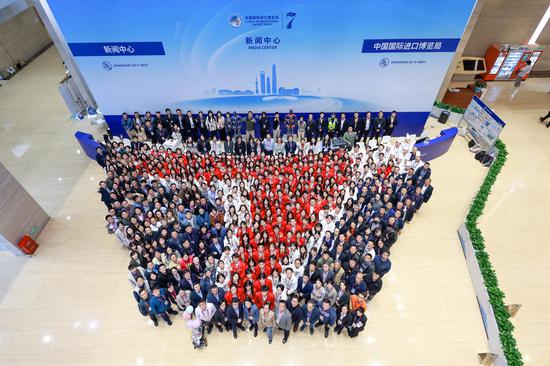












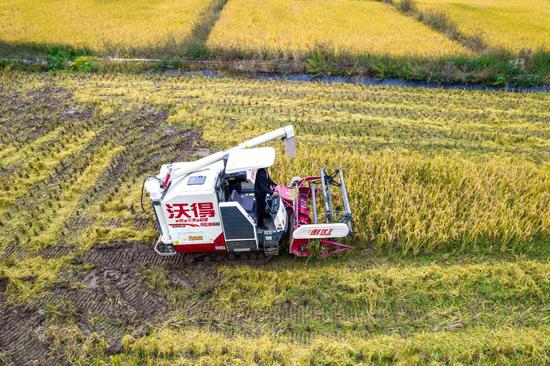



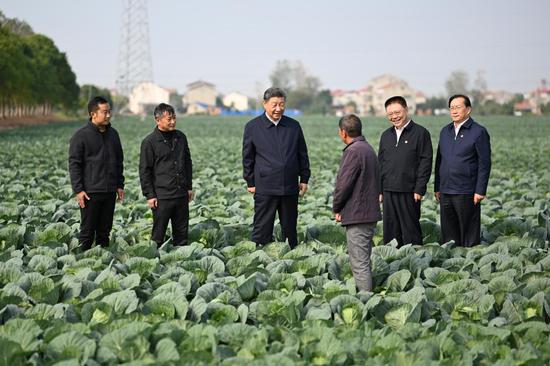
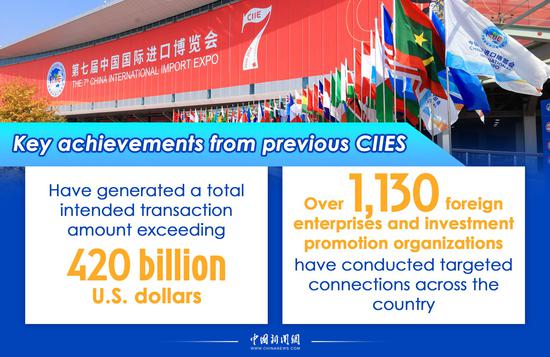
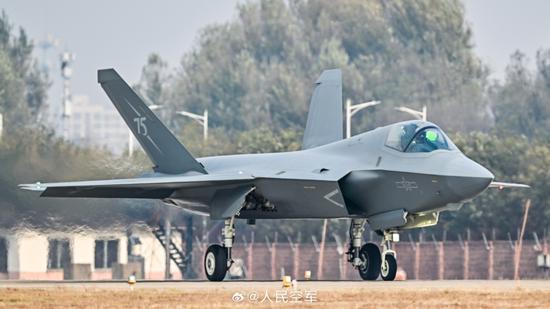





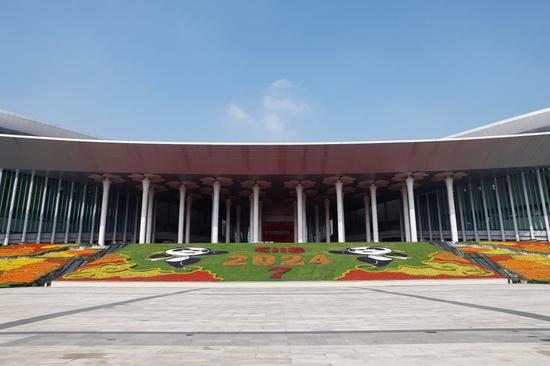

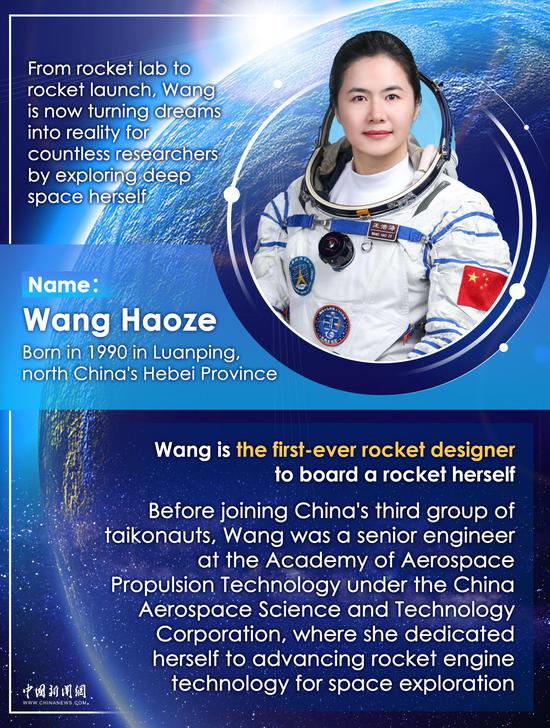


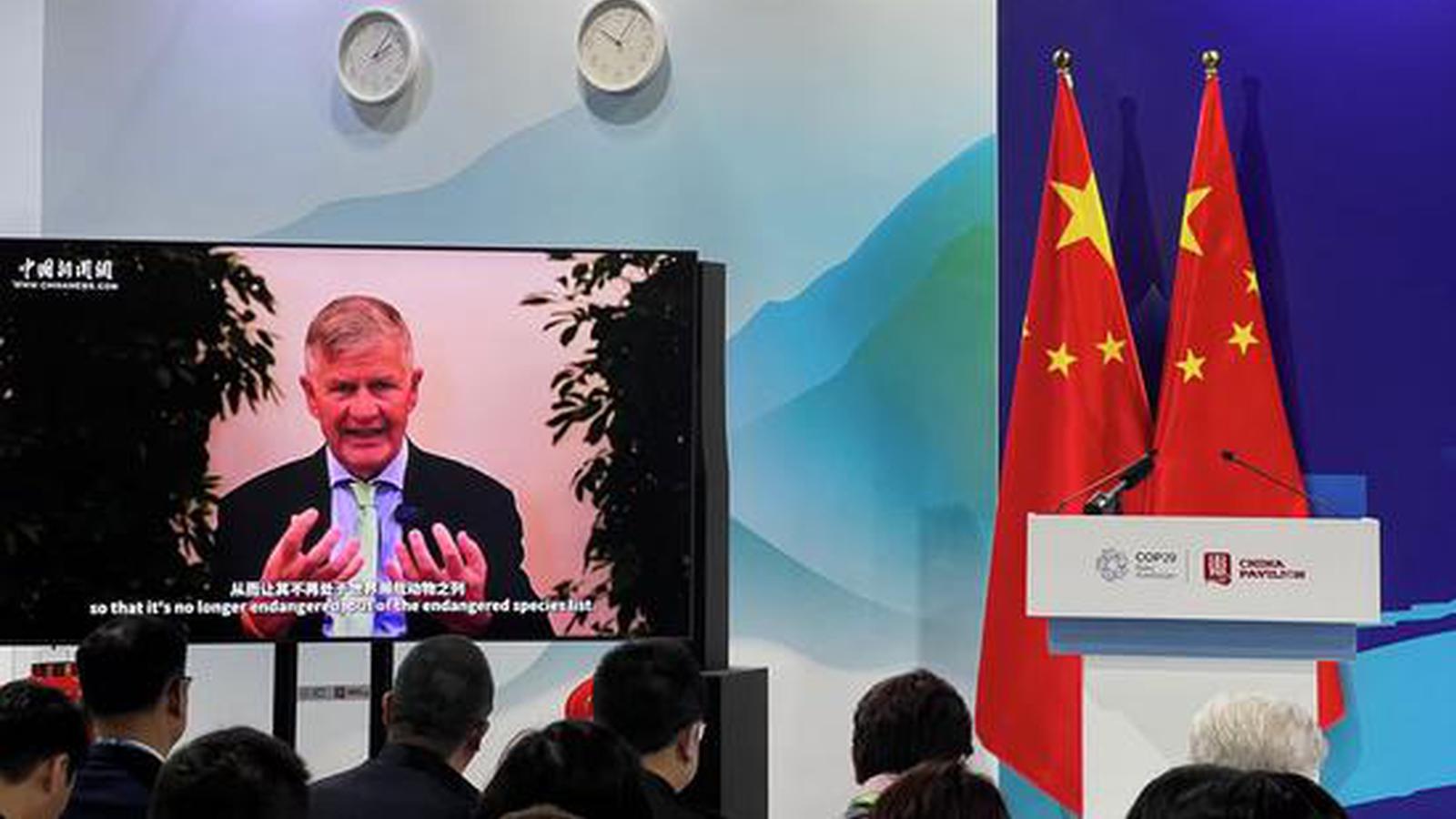



 京公网安备 11010202009201号
京公网安备 11010202009201号